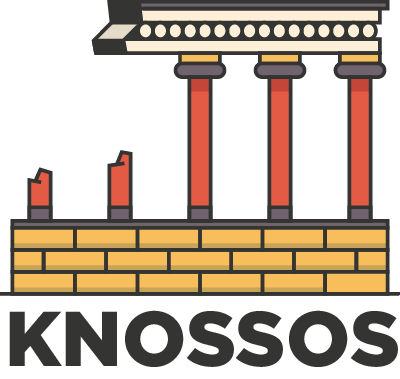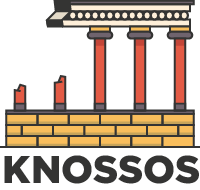Table of Contents
Introduction
Flourishing on the island of Crete in the Bronze Age, the Minoans leveraged the prowess of their Minoan maritime trade to carve out a legacy that resonates through the annals of time.
This article embarks on a journey through the pillars of their sea power – from their dominance as a thalassocracy, innovative shipbuilding techniques, extensive trade routes, to the cultural exchanges that bridged continents and shaped civilizations.
The Minoan Thalassocracy – Masters of the Ancient Seas
The concept of thalassocracy – rule by sea – finds its embodiment in the Minoan civilization. The Minoans established a network of maritime dominance that extended far beyond the shores of Crete.
Key to their control were strategic outposts, including the notable emporion on Cythera, which allowed them to oversee critical trade routes. This dominance brought not only wealth but also political influence, positioning the Minoans as a formidable power in the ancient Mediterranean.
Innovations in Shipbuilding – The Minoan Craftsmanship
The backbone of Minoan maritime trade power lay in their unparalleled shipbuilding techniques. The Minoans were adept at constructing vessels that were both swift and sturdy, suitable for long voyages across open seas.
Archaeological discoveries, including frescoes and remnants of ships, provide a window into their advanced craftsmanship. These ships were not just tools of trade but symbols of Minoan ingenuity and technological prowess.
Minoan Maritime Trade – The Economic Arteries of Minoan Civilization
The lifelines of the Minoan civilization were its extensive trade routes that crisscrossed the Mediterranean. From the storied ports of Crete, Minoan ships set sail to distant lands, reaching the coasts of Egypt, Cyprus, and the Levant. These voyages were not just about the exchange of commodities but were also vital channels for economic prosperity. Minoan traders exchanged locally produced goods like olive oil and the famed Kamares pottery for precious metals, spices, and other luxury items from foreign lands. The actions of Minoan Maritime trade fueled the Minoan economy, fostering a society known for its wealth and cultural richness.
Cultural Exchange through Minoan Maritime Trade – The Minoan Influence
The Minoans’ role in the ancient world extended beyond trade and economy; they were conduits of cultural exchange.
Through their maritime ventures, they facilitated a cross-pollination of ideas, art, and religious beliefs. The influence of Egyptian and Mesopotamian cultures on Minoan art and architecture is evident in the archaeological records. Conversely, the Minoans also left their mark on the cultures they interacted with, as seen in the spread of Minoan artistic styles and religious symbols across the Mediterranean.
This two-way exchange underpinned by their maritime activities, significantly contributed to the cultural dynamism of the Bronze Age.

The Vital Ports in the Minoan Trade Network
The Minoan maritime trade, a cornerstone of their economic and cultural influence, was anchored in several key ports, not only on Crete but across the Mediterranean. These ports served as bustling hubs of activity, facilitating the exchange of goods, ideas, and culture.
Key Minoan ports like Knossos and Phaistos on Crete were marvels of their time, featuring advanced dockyard facilities and warehouses. Beyond Crete, ports in the Cyclades, on the coast of Asia Minor, and even in distant lands like Egypt and the Levant, became vital nodes in this expansive trade network. These ports were more than mere points of economic transaction; they were melting pots where diverse cultures met and mingled, leading to an unprecedented level of cultural interaction in the ancient world.
Impact on Other Civilizations
The influence of Minoan maritime trade extended to various civilizations across the Mediterranean. In Egypt, the Minoans exchanged goods like pottery and textiles for gold and ivory, leaving behind traces of their artistic influence. The Levantine ports saw a blend of Minoan and local styles in artifacts, pointing to a rich exchange of craftsmanship and ideas.
The Cycladic Islands, strategically located, became intermediaries in this trade network, absorbing and contributing to the Minoan cultural and artistic heritage. These interactions not only enriched the Minoan civilization but also left a lasting impact on the development of art, architecture, and even religious practices in these connected societies.
Conclusion
The Minoan civilization, with its advanced seafaring capabilities, pioneering shipbuilding techniques, extensive trade networks, and role in cultural exchange, stands as a testament to the transformative power of maritime prowess.
Their legacy is a vivid reminder of how Minoan maritime trade in the ancient world was not just about the movement of goods but also about the flow of ideas and cultures. The Minoans set a course that would influence generations to come, charting a path of interconnectedness and mutual influence that defined the Mediterranean for centuries.


